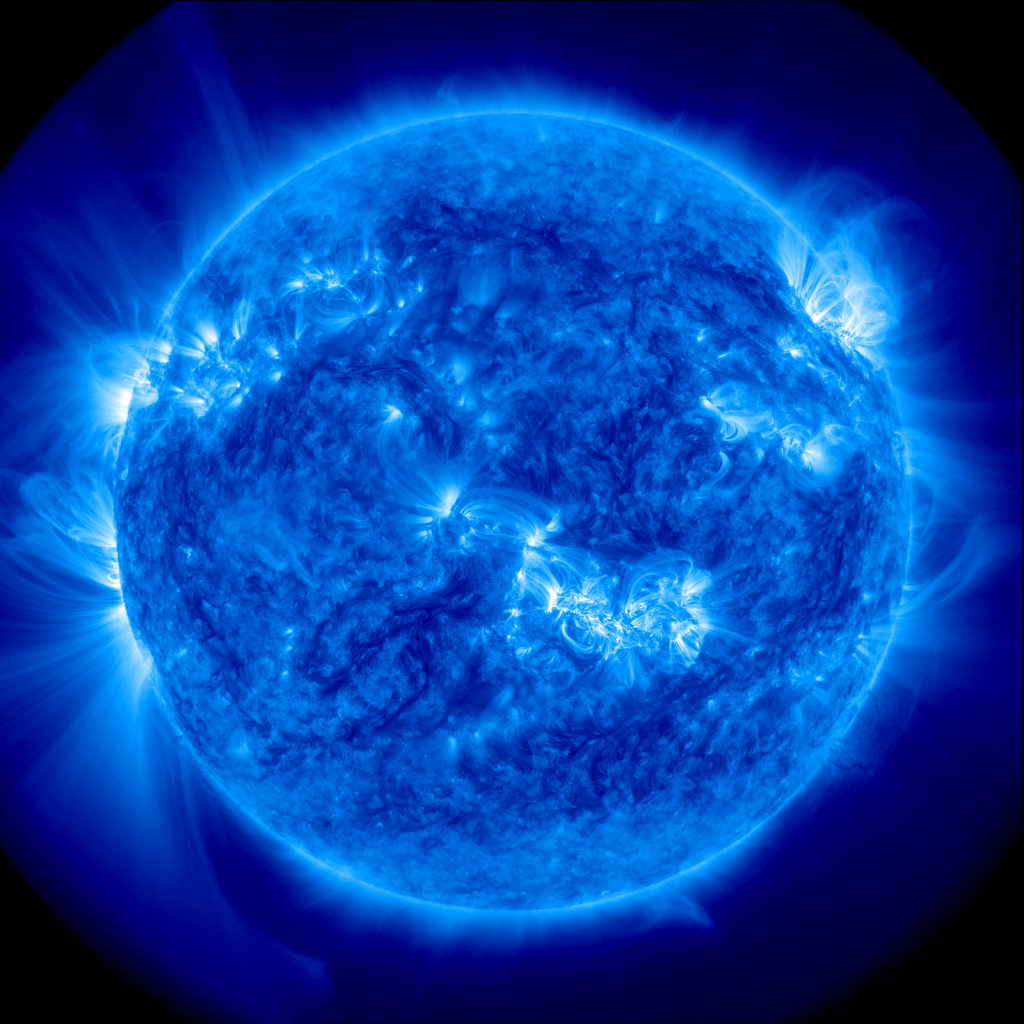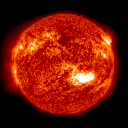 Latest Solar Image Latest Solar Image |
Propagation
|
 Current Solar Image Current Solar Image |
Solar X-Rays
Geomagnetic Field
|
 "Space Weather" "Space Weather" |
VHF Aurora
144 MHz E-Skip
|
One of the critical resources at the disposal of Amateur Radio Operators is the observed data of
the solar, geomagnetic, and ionospheric conditions, events, and related phenomena. This page is your
starting point to the wealth of information you need to plan your radio activity.
Overview of Solar Terrestrial Indices -
The A index is a 24 hour averaging of the K index, and shows an overall
trend and a snapshot of overall conditions. The higher the A index, the more noise and absorption.
The higher frequencies will be affected first, and then lower bands. An A index under 7 is good, in
terms of overall conditions. As the A index climbs above 7, conditions on HF have become less than
optimal.
The K index readings are in three hour intervals, and indicate current
activity (in this case, recorded in Bolder, Colorado) of the terrestrial (Earth) Geomagnetic
condition. Notice that this reading is for Colorado, and may not correspond to your geographical
area, though it seems to be generally a good indication. K index readings greater or equal to three
indicated high geomagnetic activity. The trend is helpful in predicting conditions for the rest of
the period following. If there is a fast climb in the K index in a given period, then you will
notice communications changing rapidly (fading, noise, etc.), first affecting high latitude
communication paths (due to aurora, etc.) -- Understand that this is a general statement. The
science of Propagation is rather complex.
Aurora: this Level is updated whenever a new polar pass of the NOAA-12
POES satellite is completed and a new hemispheric power index is calculated. It contains a UT
date/time and the hemispheric power index (activity level), a number from 1 to 10, which is a
normalized index of estimated power in gigawatts deposited in the polar regions by energetic
particles.
The higher the Aurora Level, the more Aurora activity, hence the more high-latitude absorption of
your radio signal. If you are trying to work DX over paths that cross the Aurora regions (polar
regions), you will find this Activity Level helpful in determining reliability of your
signal.
Rule of thumb: The higher the A index, the worse conditions have been.
The higher the K index, the worse conditions are now. And the forecast tells you the trend. (GMF
will be such and such...) The higher the Aurora Level, the better for VHF/UHF (for auroral
propagation). The lower the Aurora Level, the better for HF communications over the poles and high
latitudes.
|

